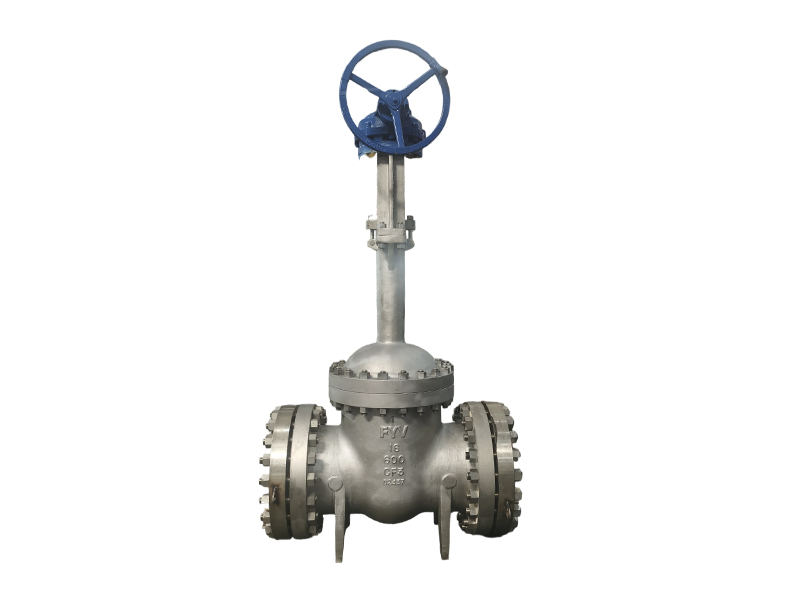2025-06-16
Steel tank ball valves are critical components widely used in various industries such as oil and gas, chemical processing, water treatment, and storage systems. When selecting these valves, price is often a primary consideration alongside quality and performance. The Steel Tank Ball Valves Price can vary significantly depending on multiple factors. Understanding these factors helps buyers make informed decisions, balancing cost with functionality and longevity.

Material Quality and Composition
One of the significant factors affecting Steel Tank Ball Valves Price is the material quality. Steel valves come in different grades and alloys, such as carbon steel, stainless steel (304, 316), and alloy steel. Stainless steel valves generally command a higher Steel Tank Ball Valves Price due to their corrosion resistance and durability, especially in harsh environments like chemical tanks or seawater storage.
The choice of material directly impacts manufacturing costs. Higher-grade steels require more complex processing and higher raw material costs, which elevate the Steel Tank Ball Valves Price. Conversely, valves made from lower-grade carbon steel may have a lower price but can be less suitable for corrosive applications, potentially increasing maintenance costs over time.
Valve Size and Pressure Rating
The size of the steel tank ball valve significantly influences the Steel Tank Ball Valves Price. Larger valves require more material and complex machining, which increases production costs. Additionally, valves designed to withstand higher pressure ratings must be constructed with thicker walls and reinforced components, driving up the Steel Tank Ball Valves Price.
Pressure classes such as ANSI 150, 300, or 600 determine the valve's structural requirements. A valve rated for higher pressures involves more stringent manufacturing standards and testing, which is reflected in the Steel Tank Ball Valves Price.
Design and Features
Valve design complexity also affects the Steel Tank Ball Valves Price. Basic two-way ball valves are generally less expensive than multi-port or specialty ball valves designed for specific tank applications. Features such as anti-static devices, blowout-proof stems, fire-safe designs, and enhanced sealing mechanisms add to manufacturing complexity and raise the Steel Tank Ball Valves Price.
Automation options such as pneumatic or electric actuators also influence the total cost. While these devices are often sold separately, valves integrated or compatible with automated systems can have a higher Steel Tank Ball Valves Price due to precision engineering and testing requirements.
Manufacturing Standards and Certifications
Compliance with international standards like API 6D, ISO, or ASME influences the Steel Tank Ball Valves Price significantly. Valves manufactured under strict quality controls and certifications often cost more due to the rigorous testing and documentation involved.
For applications in regulated industries such as petrochemical or pharmaceuticals, valves must meet these standards to ensure safety and reliability. Investing in certified valves may increase the Steel Tank Ball Valves Price, but it guarantees performance and reduces risk.
Production Volume and Supplier
Economies of scale impact the Steel Tank Ball Valves Price. Large orders usually benefit from discounts, reducing the unit price compared to small batch or custom orders. Suppliers with advanced manufacturing facilities and efficient supply chains can offer competitive Steel Tank Ball Valves Price without compromising quality.
Geographical location and shipping costs also affect the final price. Valves sourced from regions with lower labor or material costs might have a lower Steel Tank Ball Valves Price, but buyers should consider the total cost including logistics and potential tariffs.